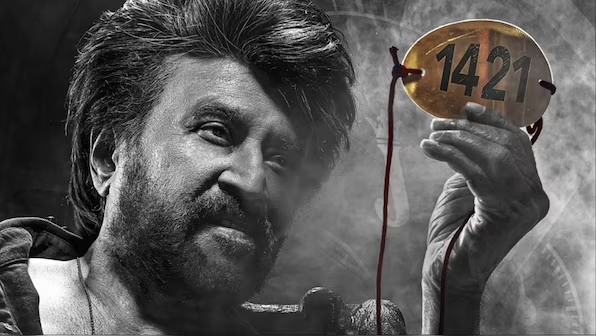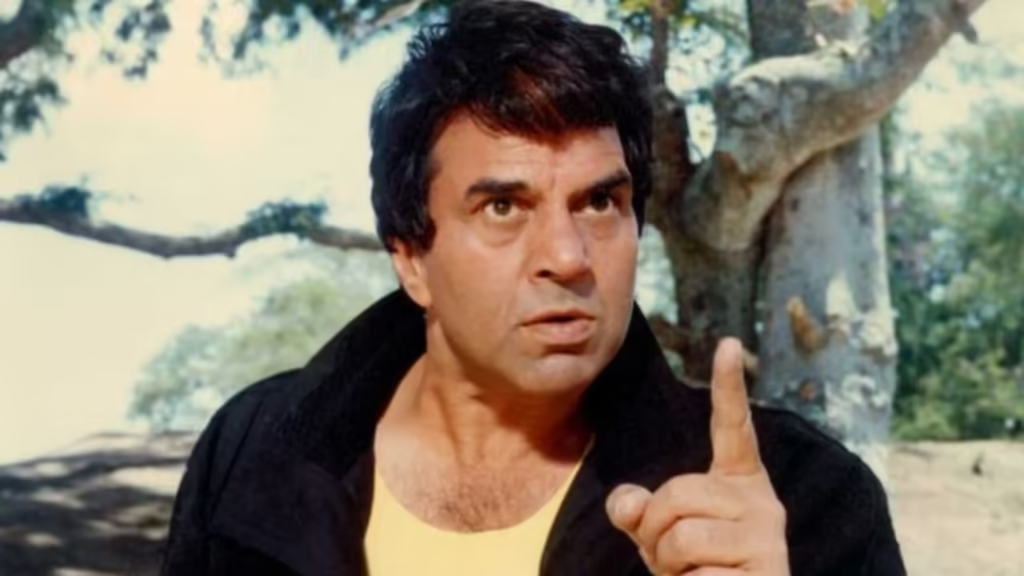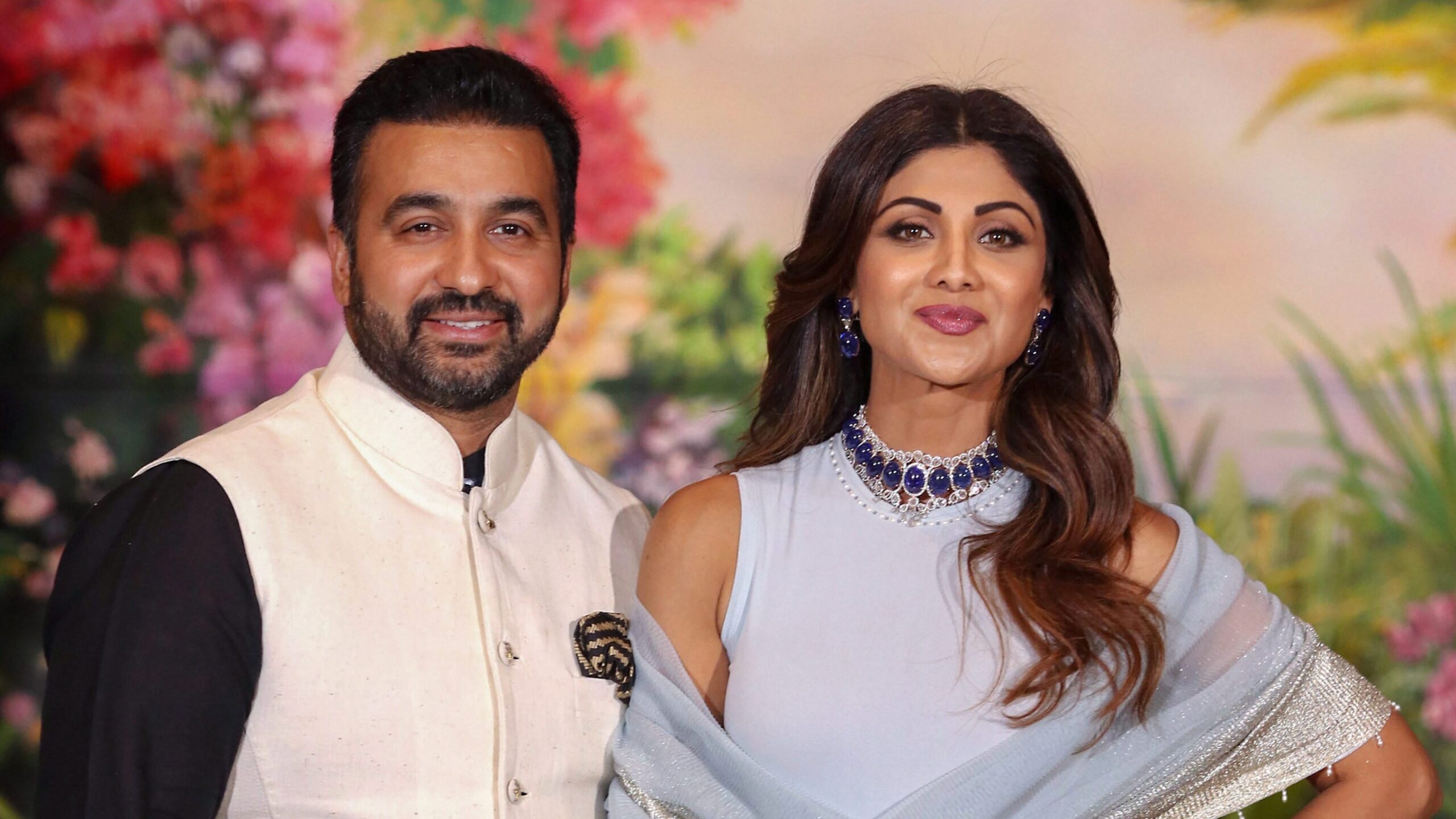Now Reading: Rajinikanth Mania Erupts at ‘Coolie’ Release: Fans Dance, Stop Screening in Theatric Cheers
-
01
Rajinikanth Mania Erupts at ‘Coolie’ Release: Fans Dance, Stop Screening in Theatric Cheers
Rajinikanth Mania Erupts at ‘Coolie’ Release: Fans Dance, Stop Screening in Theatric Cheers

Rajinikanth’s long-awaited comeback, Coolie, released on August 14, unleashing a wave of fanfare across theatres in South India and beyond. Supporters celebrated with dhol beats, milk showers on posters, and heartfelt cheers. Some were so moved they even paused the screening the moment Rajinikanth’s character appeared onscreen—a vivid testament to his enduring star power and cultural impact.
Fan Frenzy Outside Theatres
Early morning screenings turned into mini-festivals. In Chennai and Hyderabad, fans danced energetically to dhol drums, showered petals, and poured milk—rituals typically reserved for gods and heroes alike—on giant cinema hoardings. Videos show packed crowds chanting and celebrating Rajinikanth’s entry as if it were a religious moment
Inside Theatres: Screening Stalls for Applause
The excitement didn’t stop outside. In many halls—most notably in Tamil Nadu—audiences stood up, applauded, and cheered loudly the moment Rajinikanth appeared on screen. The celebration briefly halted the film, as viewers expressed their devotion spontaneously
A Superstar’s Return in Cinema
Directed by Lokesh Kanagaraj and featuring a strong ensemble including Nagarjuna, Shruti Haasan, and cameo star Aamir Khan, Coolie represents a major cinematic event. With a reported budget of over ₹350 crore, the film marks Rajinikanth’s 50th year in cinema—a milestone observed by supporters nationwide
Why This Resonates in Tier 2 Cities
In growing urban hubs like Coimbatore, Trichy, and Vijayawada, Coolie’s release united multiple generations under one roof. Family screenings, temple-like rituals, and community celebrations highlighted how Rajinikanth transcends cinema—especially in regional centres where local identity and star worship fuse seamlessly.
Cultural and Commercial Stakes
The dhol-drumming fanfare and collective cultural expression show how cinematic launches transcend entertainment—they become communal experiences. This weekend’s clash between Coolie and Hrithik-Jr NTR starrer War 2 suggests box office triumphs will hinge not just on trade, but on affections locked in regional loyalty and shared nostalgia
Balancing Celebration with Order
The spontaneous celebrations are heartfelt, but theatre managers face challenges. Ensuring entry protocols, pausing screenings for raging fans, and maintaining audience comfort are immediate concerns. Balancing passionate fandom with orderly viewing is becoming an operational reality for multiplexes and single-screen theatres alike.
Conclusion
The response to Coolie isn’t just about a movie—it’s a cultural moment. From Chennai to Hyderabad and in smaller towns, Rajinikanth’s entry halted screens and stirred hearts. As the film continues its run, its success will reflect not merely ticket sales, but the emotional bond between an icon and his admirers. In that sense, the roar of dhols and cheers isn’t just fandom—it’s a social event in its own right.

























